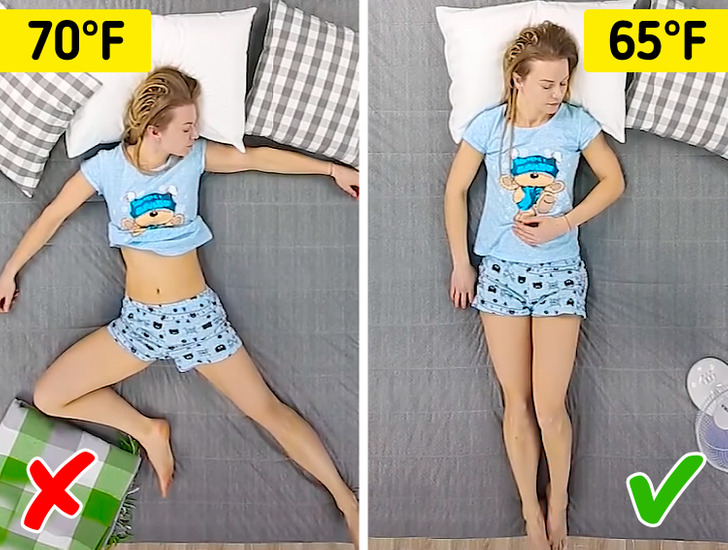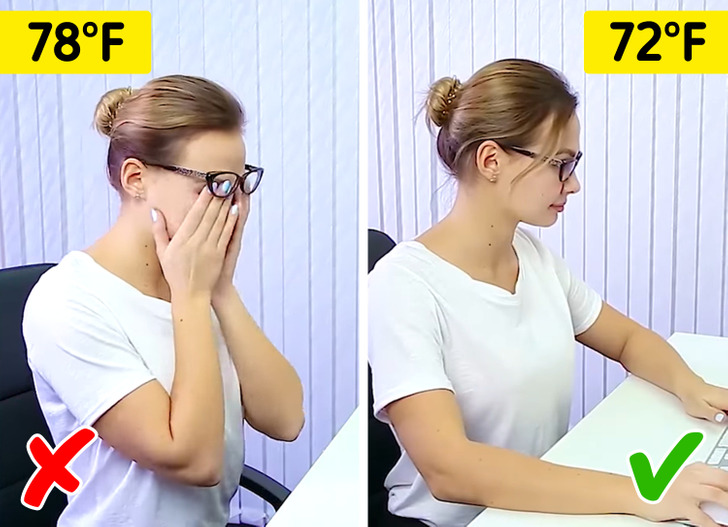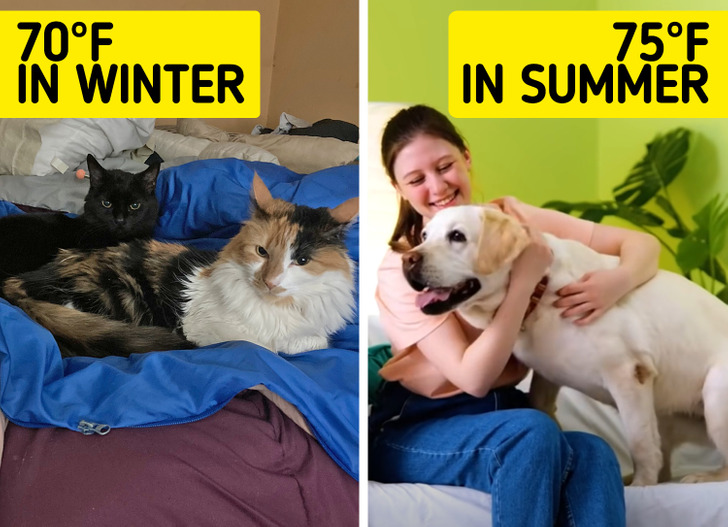How to Find the Ideal Room Temperature for Every Situation
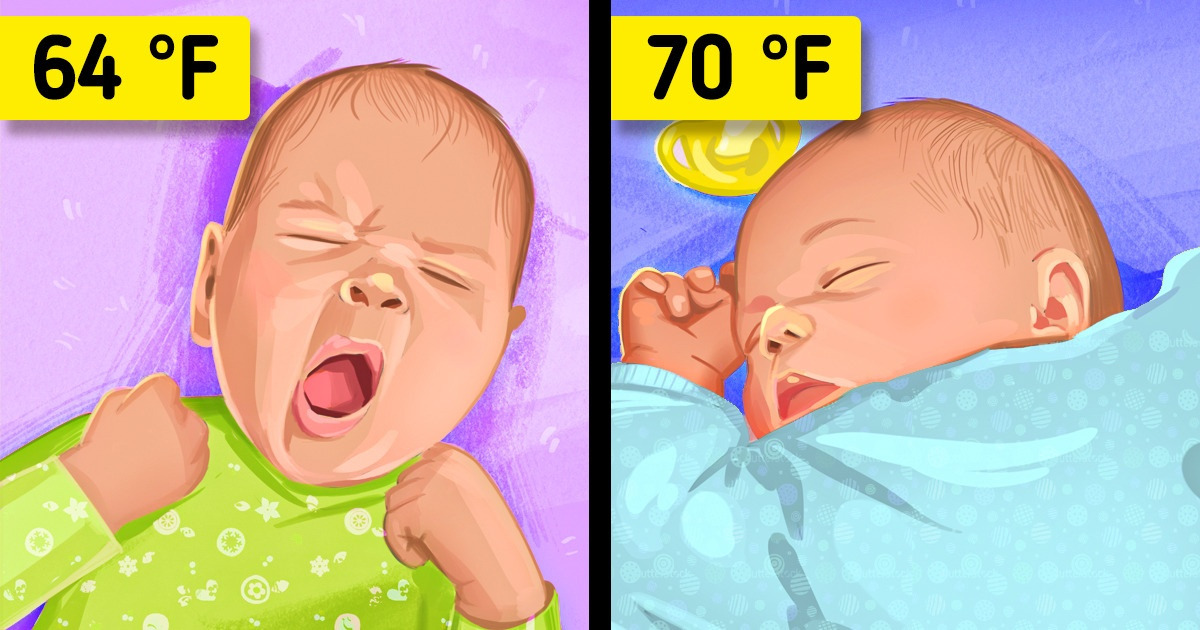
Temperature plays a crucial role in our lives, down to our everyday activities. Having the right temperature in your room can offer a wide range of benefits that pertain to health or productivity.
5-Minute Crafts has prepared a guide to help you know what the best temperature is for every situation.
1. The ideal room temperature for sleeping
Recommendations vary, but a good general idea in terms of the ideal room temperature for sleeping is 65°F (18.3°C). In order to find your personal ideal temperature, you have to prioritize which temperature feels most comfortable to you. A further recommendation is to think of your room as if it were a cave — cool, dark, and quiet.
The reason behind this is your body goes through a mild drop in body temperature as a way to induce sleep. The more you deviate from this temperature, the more likely it will be for you to wake up during the night.
2. The ideal room temperature for working
Having the right temperature can positively or negatively impact your productivity at the workplace, whether at an office or at home. High temperatures lessen productivity and make you feel sleepy, whereas low temperatures will increase the rate at which you’ll make mistakes. A good starting point that sits comfortably in the middle is 72°F (around 22°C). Once again, the ideal temperature will be the one you’re comfortable with so you don’t distract yourself, thinking about how the room is too hot or too cold.
Depending on the type of work that you do, you might benefit from a higher temperature. A study on creative thinking revealed that a moderately high room temperature is one of the environmental factors that foster creativity.
3. The ideal room temperature for studying
Productivity is a central element to studying, but so are other things, such as attention span, memory, and learning skills — all of which can be affected by temperature. When you are uncomfortable with room temperature, concentrating and learning become secondary concerns in our brains.
A study conducted by the International Centre for Indoor Environment and Energy revealed that reducing the temperature to 68°F (20°C) can positively impact work rate and error production in the classroom when compared to higher temperatures. Another piece of research, conducted by the Environmental Protection Agency award recipients, concluded that at 72°F (22°C), students were able to perform better in a symbol-based test when compared to colder or hotter temperatures.
4. The ideal room temperature for exercising
If the room is too cold, your muscles won’t be warm enough for the workout, and if it’s too hot, you will sweat too much and will potentially overheat. Experts suggest 68°F to 72°F (20°C to 22°C) as an optimal room temperature range for working out, but you should take into account how much you sweat so you can have a better idea about what works best for you.
An additional thing to take into consideration is the type of exercise you will be doing. The International Fitness Association suggests that activities such as aerobics and cardio should be done at no more than 68°F (20°C), yoga at no more than 80°F (26.7°C), and pool activity kept between 70°F and 80°F (21.1°C and 26.7°C).
5. The ideal room temperature for lounging
Specialists suggest that if you’re in a lounging area, like your living room, you should keep the temperature around 66°F to 72°F (19°C to 22°C). It is advised to keep lounging areas at a temperature below 70°F (around 21°C) because higher temperatures will also mean a higher energy consumption.
6. The ideal room temperature for babies and the elderly
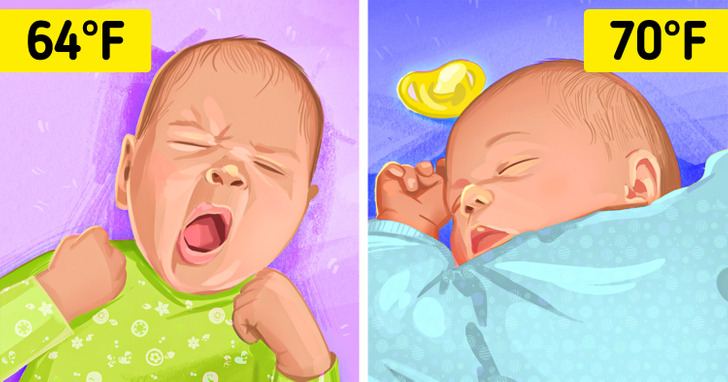
Older people have difficulty preserving heat, and being in a cold room can rapidly affect their muscles. Babies are also overly sensitive to changes in temperature and have issues with overheating.
Studies show that on average, elderly people feel comfortable at a room temperature that’s around 78°F (25.5°C). At the same time, it is not recommended to go below 65°F (18.3°C). When appropriately clothed, it is recommended for babies to be in rooms that are between 68°F and 72°F (20°C and 22.2°C).
7. The ideal room temperature for pets
There are not many general guidelines that apply to any and all pets since their reaction to different temperatures will vary on species, breed, size, and health. Pets usually don’t have many issues adapting to a wide range of room temperatures, but they don’t react well to sudden changes.
During summer, it is recommended that your pets are in rooms that are around or within the 75°F to 78°F range (23.9°C to 25.6°C). For wintertime, room temperature should be within 69°F to 72°F (20.6°C to 22.2°C). You can have a clearer idea about the right room temperature if you take into consideration your pet’s individual breed traits and needs.
